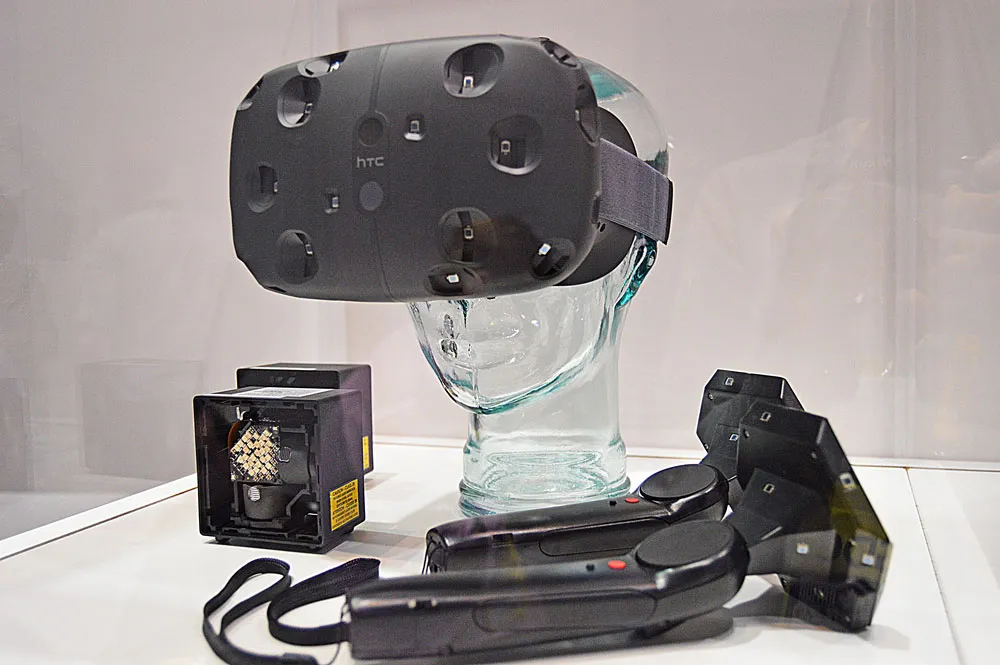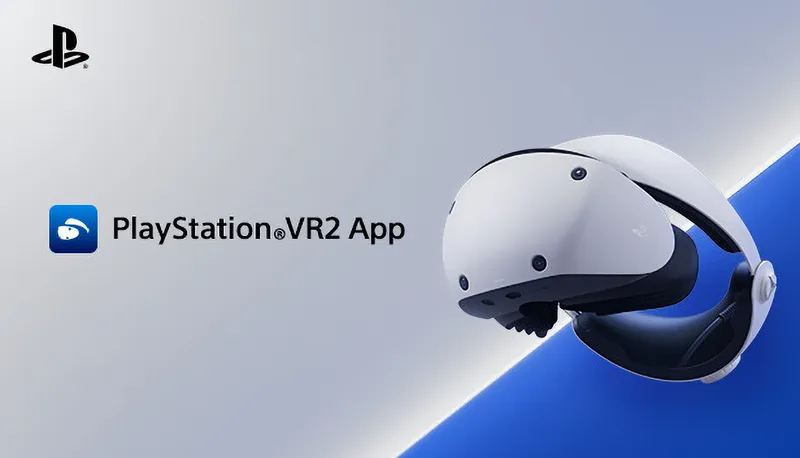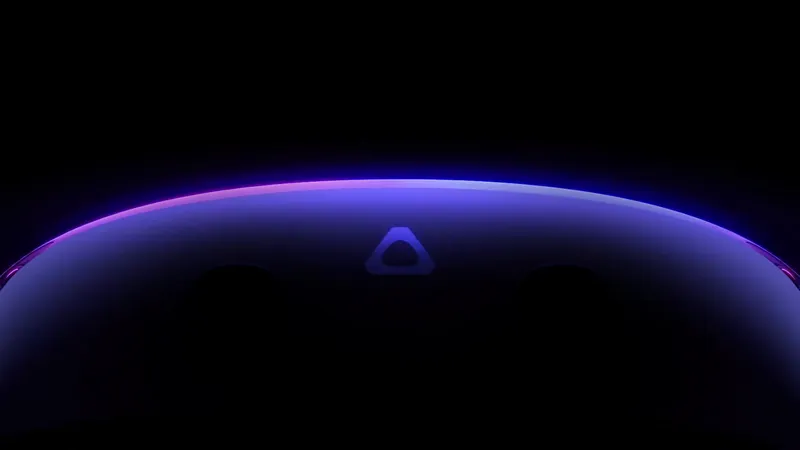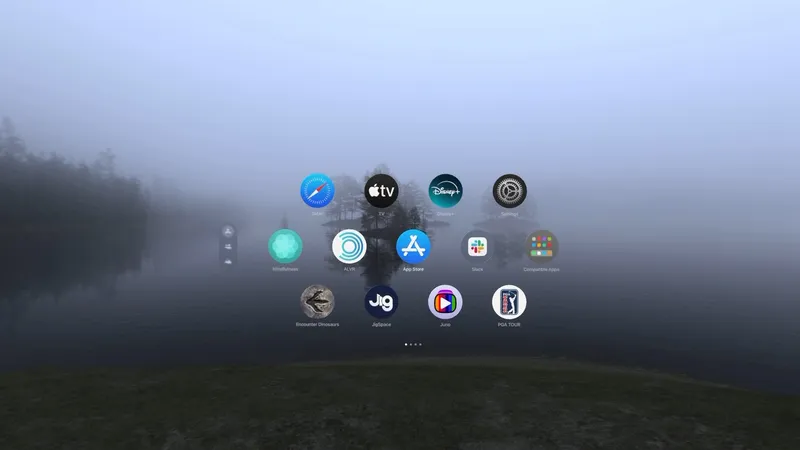I close my eyes as I strap on the headset, exhaling softly to calm my excitement. I had gone into this experience purposefully avoiding reading any reviews. I wanted my experience to be virginal, completely uncolored, so I was not sure exactly what I was about to be introduced to. I knew the basics. I knew that I would be able to walk around, I knew from many people that the positional tracking was the best they had ever encountered, I knew it was going to be great. But still, I tried to temper my expectations so as not to overhype myself… and then I opened my eyes and all of that went out the window.
The moment things started to click for me came before my experience even really began. In the headset I am looking around a white room with a grid on the floor. Around me is blank nothingness, this is the waiting room for the experience and this was where I was introduced to the controllers for the first time. “Here grab this,” says my demoer, and without even thinking about it I reached out and grabbed the controller in front of me. As my hand touched the controller it hit me, I had just reached out and grabbed a tangible object in virtual space. Sixense has done something similar in many of their demos in the past, grabbing your virtual light sabers from in front of you, and grabbing a virtual controller, but with those I have had conscious awareness that I was, in fact, grabbing a virtual representation of the controller. But this time was different, this time it was completely natural. The controller was represented in digital space but it felt so perfectly tracked that it was imperceptible to my subconscious, which took over to grab the device. I only had a few seconds to process this before I was faded into a whole new world.
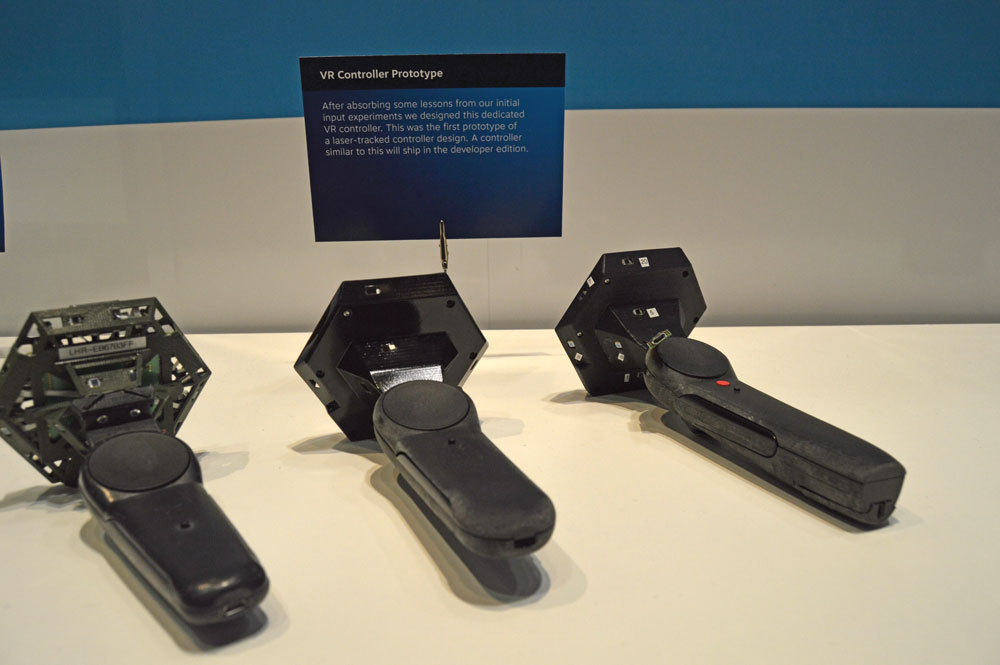
The white nothingness faded to black then back into an underwater scene. Looking around me I was standing on the bow of a sunken ship, deep under the ocean. Schools of small fish circled around me, and looking closely I could see faint ghosts of my controllers in front of me, which I could use to gently brush the fish away. View cleared, I prepared to change the way I viewed VR itself. Neil Armstrong’s words echoed in my head as I picked up my foot, “One small step for man,” I planted
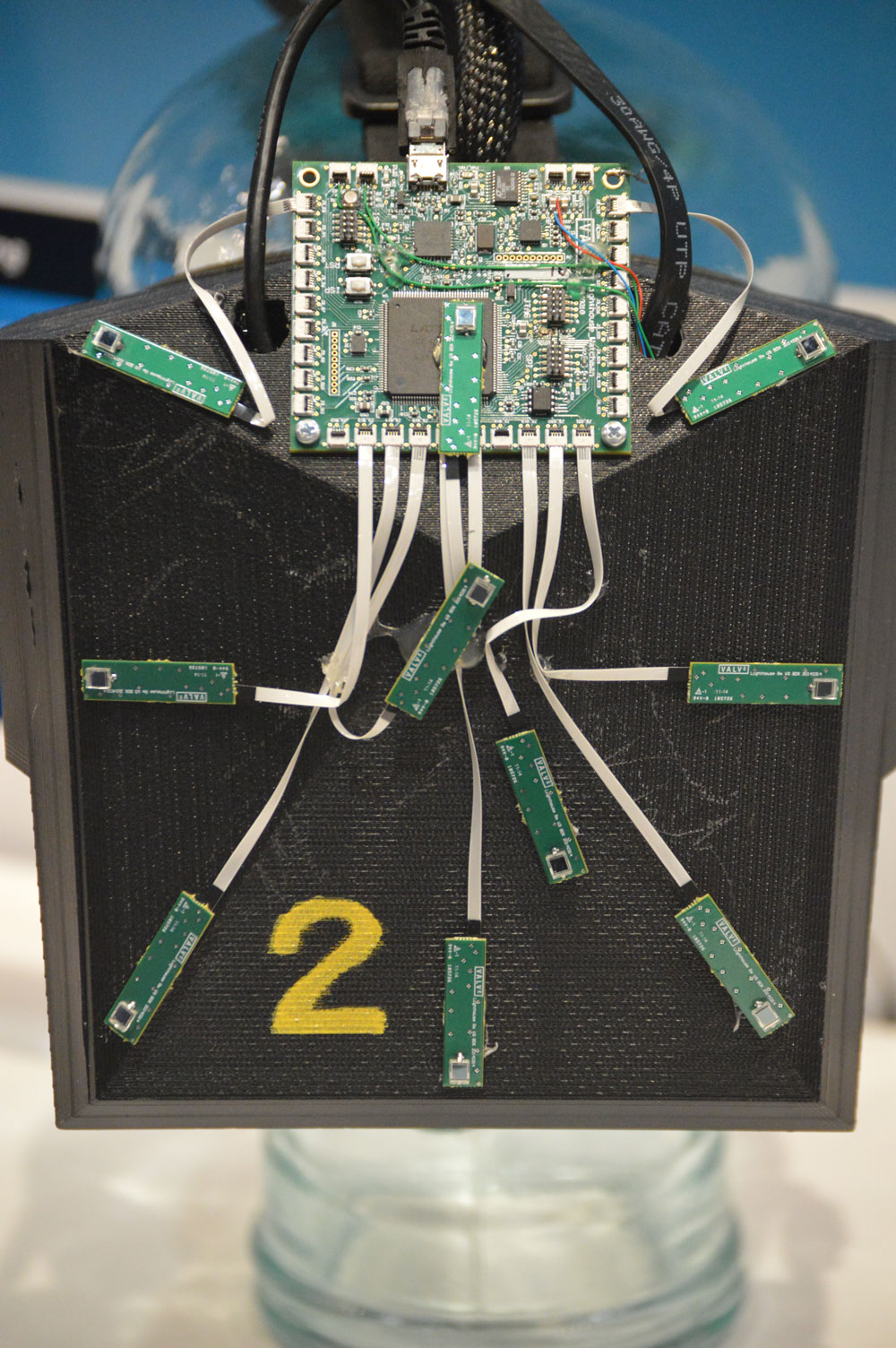
down, “one giant leap for mankind.” The motion felt smooth and was exact as I walked to the edge of the bow. I must have taken at least four full steps (and I have a long stride at 6’1”) before reaching that point, and moving through the space I felt that movement translated with one to one accuracy, that motion alone was incredibly ‘presence inducing.’
Reaching the edge of the bow, I was able to peer over and down into the infinite abyss below. I tried taking a step further, and a white grid appeared in front of me. “That’s to let you know where the wall is,” the demoer interjects, “got to have some way to keep you from walking right into it.” This solution is fine for what it is, but it also was the first time I was removed from the presence of the scene. This limitation is one that I will go into later, but it was not one that affected my experience too negatively.
I turned around, “ok, so I hope you don’t mind but I told my friends I was going to try this,” I said looking in the general direction of where I thought the demo runner was. I dropped down to the ground and got on my belly, fully engulfed in an incredible underwater world, and then I did something I could never have done in any other VR experience… I army crawled on the ground, and it felt as real as anything I have ever experienced in virtual reality. Perfected, natural movement and input, that is what the Vive has brought to the table.
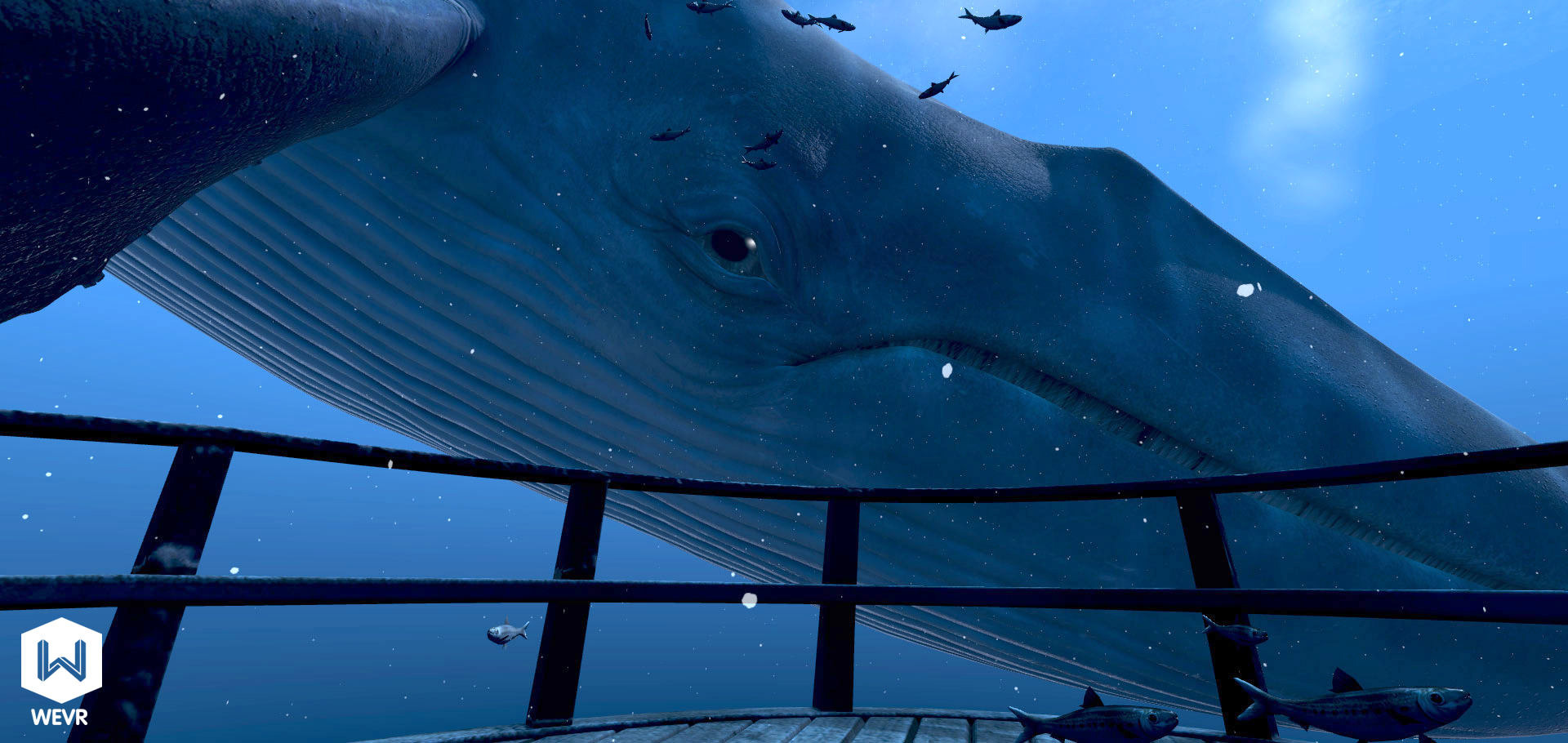
Standing back up, the demoer laughed that he wished he had just gotten that on camera. I told him I was going to try to break the tracking, and he wished me good luck. I tried a quick sprint (cautiously, did not want to run right into the wall), I tried a slow roll (worried more about pulling the cord out of the computer) I tried to whip my hair back an forth, nothing I did broke the tracking. Thoroughly satisfied, I went back to the experience turning to my left in time to see a giant blue whale coming right my way. The scale as the beast approached me was stunning, causing me to step back a bit. As it approached, I felt myself drawn in, enchanted by the creature. The whale nestled up close to the boat, its gigantic black eye staring me down. I walked up to it, as close as I could, staring deeply into the reflective surface, the only thing missing was my reflection staring back at me. There was a breath of life in this whale that I don’t think I had experienced in any way before, and that was due to the fantastic narrative direction of WEVR, the company behind the demo I was being shown, TheBlu: The Encounter.
Sparing you the spoiler of the final moments of the demo, I wanted to touch briefly back on the topic of the box. A wise man once said ‘if you give creatives a box to play in, they will find a way out of it,’ currently those creatives are still working on the ideal solution to make that happen. As I mentioned before, the only real moment where my presence was broken during the demo was when I would see the gridded walls around me. It’s obvious that something is needed to keep players from running into the walls while allowing them to still walk infinitely in the space, and while that solution still hasn’t been found exactly, developers at Valve and their partners are experimenting with things like teleporting, and rotation which will allow players to keep moving in infinite space. But both of these solutions require some form of input that stops the player from moving naturally through space, which is what makes the Vive so compelling. A near perfect solution, however, may already exist.

In 2013, a group of researchers from Vienna and the U.S. developed a technology solution that allows for infinite walking in VR. Their solution uses what is called “procedural layout generation,” wherein the environment is crafted to fit inside the space they are in, constantly directing one naturally through the environment (presumably provided you didn’t try to clip through the walls). It essentially works to steer you around in an infinite circle. This is something that could potentially be possible with the Vive system, but one would have to scale to the other.
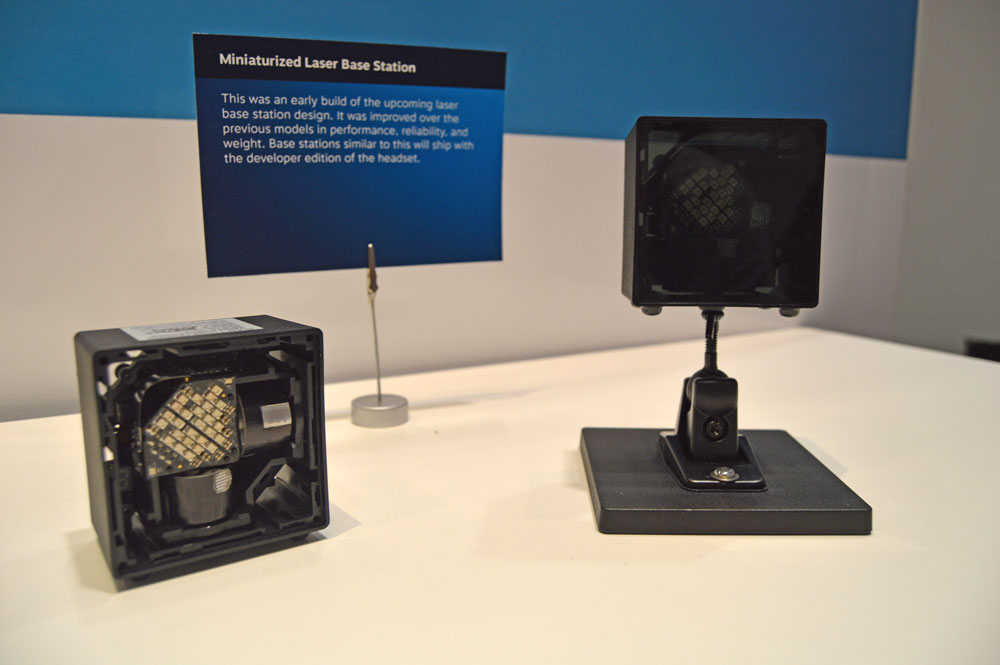
Currently, the lighthouse base stations that are used by the Vive to track the user’s motions create an area that is 15’ x 15’ wide to walk in, the space used in the 2013 experiment used a space that was close to double that in size. According to various partners and Valve officials I spoke with, it is hypothetically possible to extend the range of the lighthouse system infinitely beyond that 15’ x 15’ area by adding more of the modular lighthouses to the space. This is one potential solution, but requires someone to have an impractically large space to play in. The other way would be finding a way to scale that infinite walking system down, a problem I am not qualified to speak towards. Perhaps there is another even more clever solution out there, that’s up to all the developers that will get their hands on the device this Spring to figure out.
To compare the Vive to the Crescent Bay you need to look beyond optics. In terms of pure display, the Crescent Bay and Vive are quite similar, there isn’t a massive difference in that respect. Ergonomics wise, they both feel similarly light and comfortable, to the point that they melt away as you become immersed in the experience. There are two things that really end up separating the Vive from Crescent Bay, the tracking and the input. The tracking is so much better in Vive than it was in Crescent Bay (which itself was massive improvement over DK2). The importance of ability to walk in VR cannot be overstated. Input was also handled extremely elegantly, as the controllers were precise, comfortable, and simple. They have quite a large amount of flexibility in the way they can be used. This is also a factor that cannot go overstated, input is crucial to the immersive experience.
Five minutes. That’s all the time I got inside the new HTC and Valve collaboration. Five seconds. That’s all the time I needed to be convinced that this was the best VR experience I have ever had. Period. Bar none. Having tried the Crescent Bay multiple times, and now the Vive, there is a clear winner between the two. We also know that even at Connect, the Crescent Bay was technology that had existed for a couple of months previously, so it is reasonable to think that they have something internally that is better than what we have seen (which isn’t bad, it’s just that as Alex of Owlchemy Labs told me, “once you have input, you can never go back”). The Vive was an experience that simply enabled possibilities that aren’t there for the Crescent Bay right now. I think it is safe to still say that Oculus, whatever they release, will strive to have the best product on the market, but that bar just got a lot higher. So Oculus, you started this whole thing back up again and the community is eternally grateful for it, but the court of public opinion is clear, it’s time to put a skylight in your walled garden.

